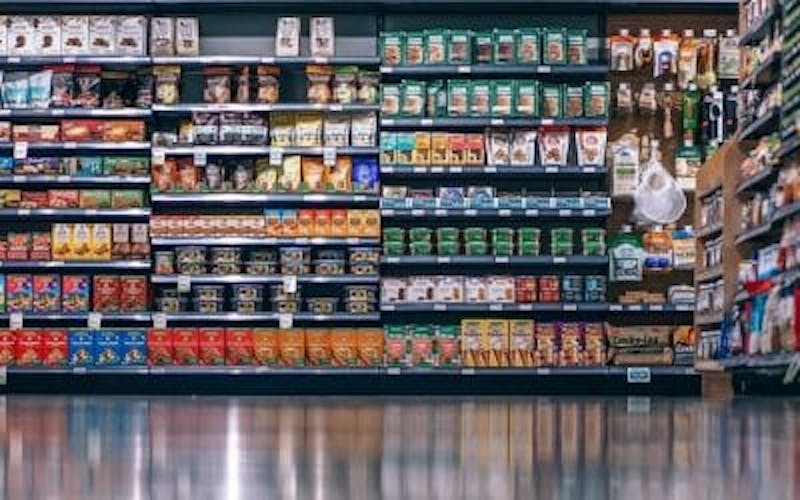
Almost all food packaging today contains a Food Label. The food label provides details about that food including nutrition information and ingredients. If you have ever read the food label or nutrition facts label, you may have felt confused or overwhelmed. Don’t worry – you are not alone! Some companies even intentionally try to confuse us! Let’s review some basics.
Serving Size
Start with the serving size. The company decides what the “serving size” will be for their product but that amount may be very different than what you actually eat. Always determine what the listed serving size is to then compare to what you actually eat. For example, a package of almonds may list a serving size as “24 nuts” or 1 oz to contain 160 calories. So, when I ate my snack of almonds, I realized I ate 48 almonds. That means I have to double the nutrition information (320 calories) because I ate 2 servings! This detail can be very important.
Ingredient List
Another confusing area of the food label is the Ingredient List. Some foods today have over thirty ingredients or more, which may include words that are hard to pronounce. Ingredients are always listed from most prevalent to least prevalent. What if you were trying to cut down on added sugar in foods – wouldn’t you just be looking for the word SUGAR on the ingredient list? Not necessarily! There are possibly up to 60 “hidden” variations for the word sugar on an ingredient list. A few of these variations include fructose, high fructose corn syrup, honey, sucrose (not be confused with sucralose, a noncaloric sweetener) rice syrup, dextrose, glucose solids, and my favorite – dehydrated cane juice! This is just a quick example of how companies may “tweak” information that leads to some confusion. Clearer information is provided on the line labeled Sugar followed by an amount in grams (gms). Talk with your healthcare provider or dietitian to decide appropriate volumes of sugar per serving specific to your needs.
Daily Value
Food labels also contain Daily Value percentages listed like this: DV%. Daily values on a food label are based on a 2000 calories diet plan for healthy adults. So, these “values” do not apply very well to someone who needs less/more calories or has specific dietary restrictions. The Food Label is a topic of hot debate. Many healthcare professionals are calling for a clearer label that is easier to understand.
Reading food labels can seem overwhelming in the beginning, but over time with practice, you can train your eyes to know what to look for. Our team of dietitians strives to give you the knowledge to read labels with confidence. With some practice, you can relax as you walk down the grocery aisle because you will know what to look for!
